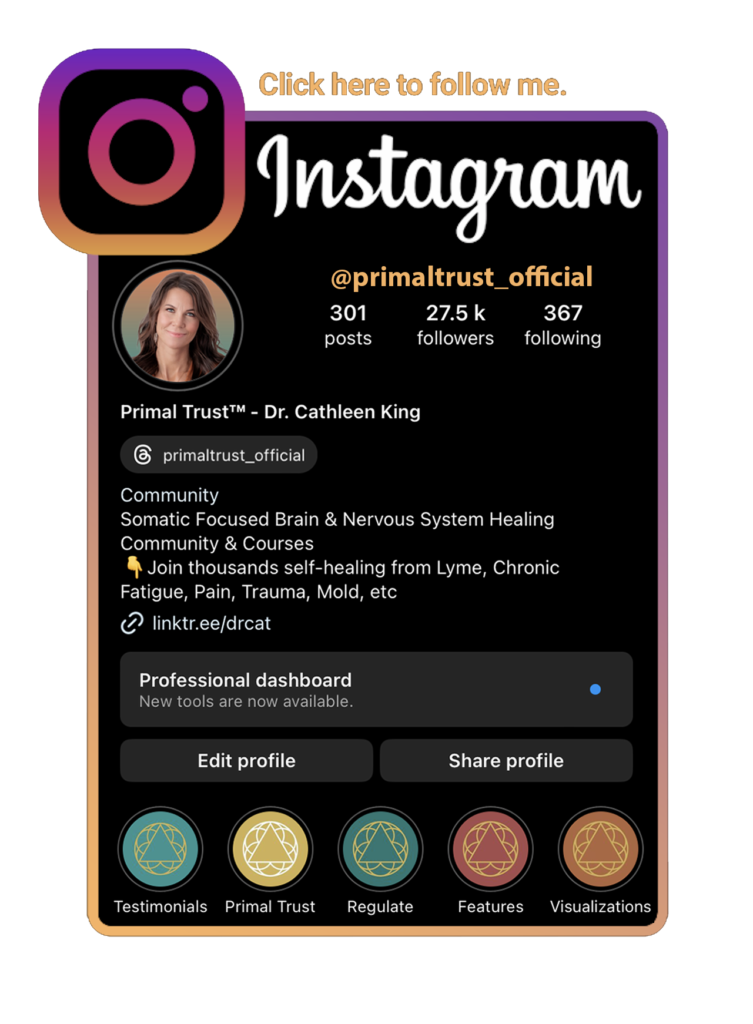Do you want to learn how to unlock your brain’s potential to free yourself from unhealthy habits, ditch the dopamine drains, and rewire your nervous system and neurology for new, more rewarding routines?
Well, with a little help from us, you can understand the science of healthy habits and breaking bad ones. Plus, stick around until the end of this blog where we give you access to your own free guide on hacking and tracking your habits, implementing new self-care routines and understanding the habit-forming neurotransmitters you can hack to turn your habit horrors into habit harmonies.
It’s not pot luck what habits you get stuck repeating.
There’s actually an intricate connection between habitual behaviors and our nervous systems, and the more dysregulated you are, the more likely you’re going to form habits that just aren’t good for you. Also the longer that we engage in habits that we don’t like – the binge eating, the late night T.V., the endless social media scrolling – the more likely we are to experience something else that ironically will keep us reinforcing the compulsive behaviors, and that’s shame.

The link between shame and bad habits:
Shame traps us in a cage of our own self-judgment, inhibiting our ability to move forward with self-compassion and acceptance. We want to ignore the elephant in the room when we feel shame, bypassing our traumas and dysfunction that led us to developing these habits that we don’t like in the first place. It becomes a way to distract ourselves from our own inner pain. The quick fixes of dopamine become an easier, and seemingly more rewarding, form of self-love than doing the work to self-heal. So not only do we have our unhealthy habits and vices getting us addicted to our daily dose of feel-good, but we also then have the self-judgement and avoidance of shame that keeps these unhealthy habits in place. It’s a negativity cycle of expectation leading to inevitable failure.
It’s important to understand a couple of different things when it comes to breaking free of this cycle.
First, it’s not your fault. Getting out of the blame game needs to be step one, otherwise you’re not going to make any progress. Bad habits are a result of a maladaptive stress response, where how we behave is actually influenced by how we’ve learnt to adapt to and cope with stress. Our body can actually become addicted to its own stress hormones, thinking that it’s formed just the right balance between environmental cues, behavior, and a reward that feels good. That reward could be as basic as safety and survival, or as layered as a subconscious motivation to provide for yourself all the things you didn’t get when you were a child. Maybe your bad habits are even a way you supply yourself with what you’re not getting from your relationships, your job, or your social circle. This cue, behaviour, reward cycle is one that repeats over and over, and can make bad habits hard to break.
But whilst habits stemming from trauma and chronic stress are not your fault, it is your responsibility to break the loops that are keeping you stuck, dysregulated, and most likely in some sort of state of functional freeze.
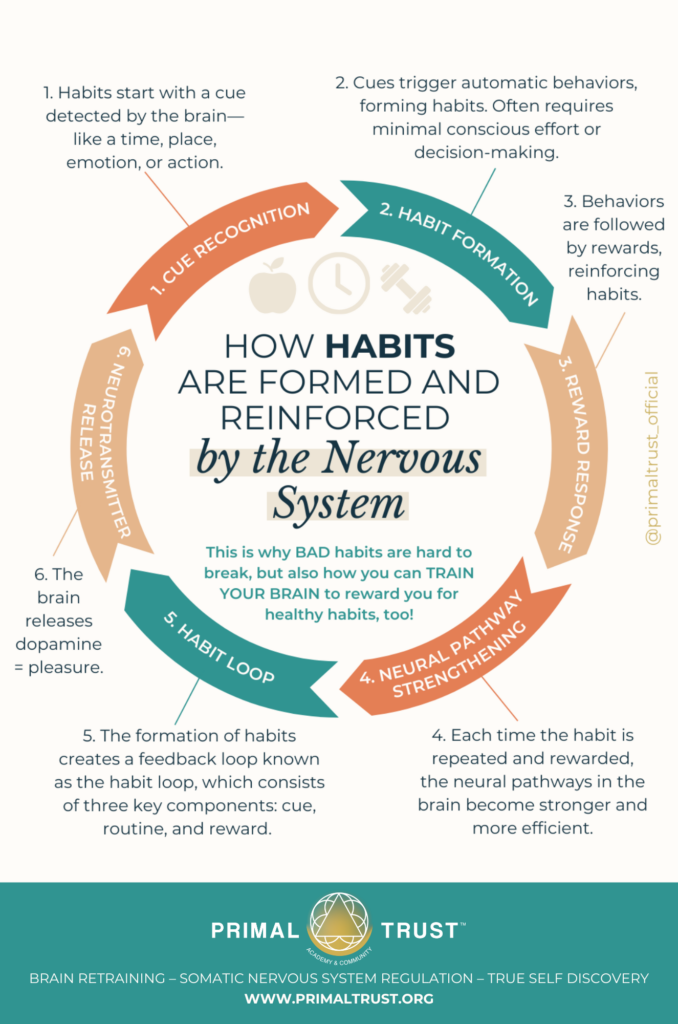
Are you dopamine dripping or dopamine dumping?
Second, it’s key to recognize that most of us live in a very different society now than we did even 10 or 15 years ago. Dopamine draining devices – smart phones, smart T.Vs, smart watches and tablets – they’re all at our fingertips, often quite literally, and they’re encouraging us to not get just drips of dopamine anymore, but dopamine DUMPS. What’s better than a little feel-good? A LOT of feel-good! Only trouble is, we feel good until we feel terrible. We want more and more and bigger and better ways to feel good, to get those dopamine fixes; but we can quite literally drain the tank of dopamine gas and then crash… leaving us feeling nothing. Down, depressed, switched off. Things that could previously help us feel good, those little dopamine drips – the hike with a friend, the coffee in the park, the reading of a good book – well, they’re just not sensational enough anymore.
One of the world’s top psychiatrists and brain disorder specialists, Dr. Daniel Amen, talks about dopamine dumping and the issues around it. Scanning 250,000 brains from over 150 different countries, Dr Amen has been observing how our brains have been changing over the past years and what this means for our moods, motivation, and overall well-being.
Dr. Amen writes, “Dopamine is a neurotransmitter that plays a major role in supporting our mood. However, with dopamine, the trick is to maintain a proper balance. Too much dopamine wears out your pleasure centers, while too little can leave you feeling down. If you’re curious where your dopamine levels lie, there are certain things you need to look for. In this video chat, Dr. Daniel Amen discusses the role dopamine plays in your body, how to tell if you have an imbalance, and how to optimize your dopamine level to keep you feeling at your best.”
Here’s a blog post too from Dr. Amen’s website that discusses 9 Natural Ways to Balance Dopamine in the Brain.
The biochemistry of habits:
We also have an infographic below that explains the concept of how we can end up “rewarding” ourselves through our own biochemistry with our habits. It illustrates a range of the feel-good hormones (more accurately, they’re neurotransmitters) our body produces. On the left hand side you have a list of unhealthy habits and behaviors that can generate these chemical substances and on the right a list of healthier swaps.
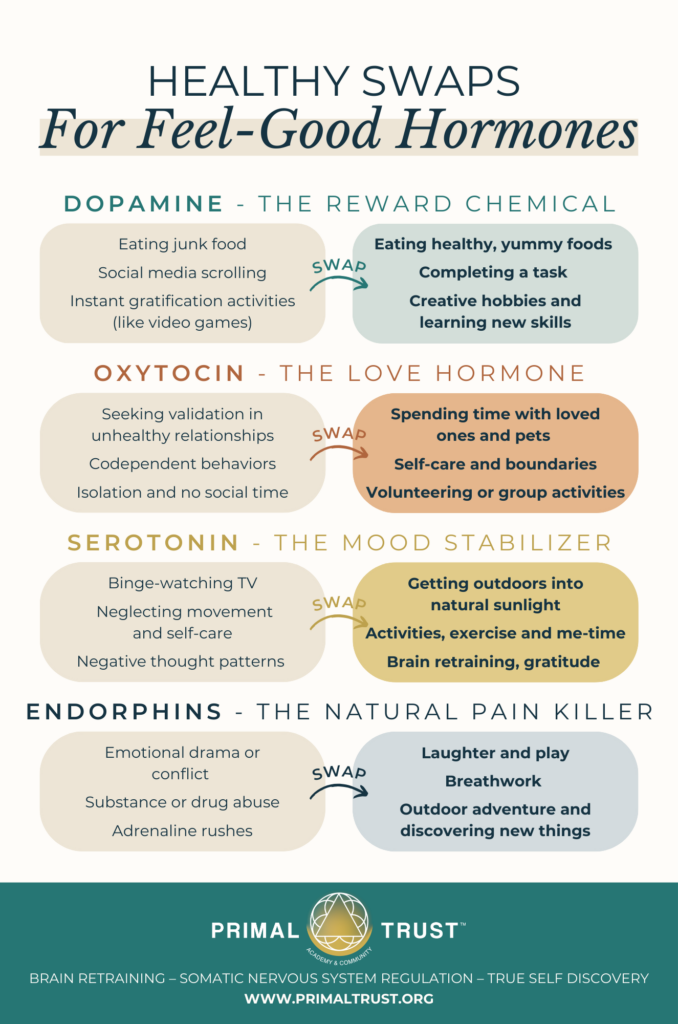
These neurotransmitters explain some of the science behind habit-forming:
- Dopamine:
- Dopamine is a neurotransmitter that plays a key role in the brain’s reward system, motivation, movement, and pleasure.
- It is involved in regulating mood, attention, learning, and behavior.
- Dopamine is often associated with feelings of pleasure and reinforcement, and dysregulation of dopamine signaling has been implicated in various neurological and psychiatric disorders, including Parkinson’s disease, addiction, and depression.
- Oxytocin:
- Oxytocin is a hormone and neurotransmitter that is produced by the hypothalamus and released from the pituitary gland.
- It is often referred to as the “love hormone” or “bonding hormone” because it plays a role in social bonding, trust, empathy, and attachment.
- Oxytocin is released in response to social interactions such as hugs, touch, and positive social cues, and it promotes feelings of connection and closeness between individuals.
- Serotonin:
- Serotonin is a neurotransmitter that is synthesized from the amino acid tryptophan and primarily found in the brain and gastrointestinal tract.
- It is involved in regulating mood, sleep, appetite, digestion, and cognitive function.
- Serotonin is often referred to as the “feel-good” neurotransmitter because it contributes to feelings of well-being, happiness, and relaxation.
- Dysregulation of serotonin signaling has been implicated in various mood disorders, including depression, anxiety, and obsessive-compulsive disorder (OCD).
- Endorphins:
- Endorphins are a group of neurotransmitters that are produced by the body in response to stress, pain, or vigorous exercise.
- They are often referred to as “feel-good” chemicals because they can produce feelings of euphoria, pleasure, and pain relief.
- Endorphins bind to opioid receptors in the brain and spinal cord, reducing the perception of pain and promoting a sense of well-being and relaxation.
- Endorphins are also involved in regulating mood, appetite, and the body’s stress response.
Here’s a challenge…
So I have a little challenge for you. As an example because it’s such a common bad habit, start to record how many times per day you are checking your phone or scrolling. Literally start tracking it so you can see what you’re doing, and how many times per day you’re going for that automatic, quick dopamine fix.
To make it easier for you, we’ve made a habit tracker in our free guide – Nervous System Harmony: A Guide to Cultivating Calm and Breaking Bad Habits. In this guide we give you a 6 step action plan to break bad habits and promote calmness through nervous system regulation.
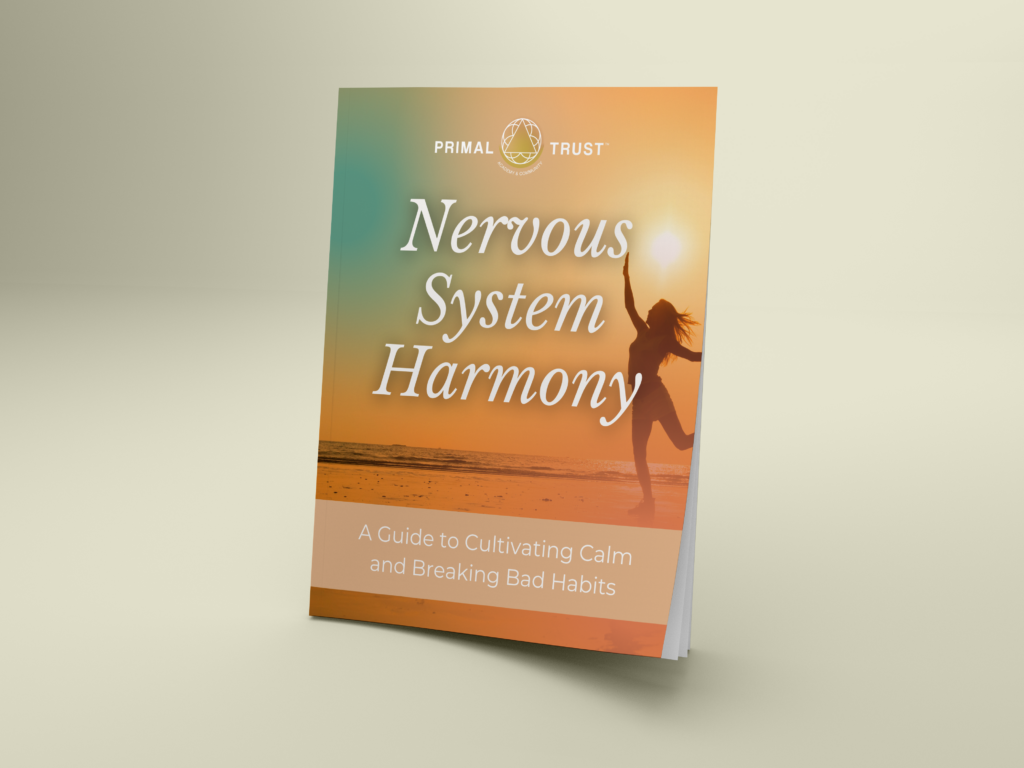
Download your free copy here!
So here’s 6 steps to break the cycle of bad habits.
Now you know the science behind what’s happening in your brain, let’s get to the practical steps. We outline them in full in our free guide, Nervous System Harmony!
- 1. Mindful Habit Awareness:
The first step is to take an honest look at your habits and behaviors. We include a tracker in our guide and suggest you start with something that’s an incredibly common dopamine drain: our smart phones. Awareness without judgement will allow you to take a real look at where your time and energy is going. You might be shocked with how much time you spend on these energy-draining addictions!
- 2. Identifying Stress Triggers:
Next you start to make the connection between the behavior and any stress triggers that lead to it. Pay attention to the situations, emotions or thoughts just before the habitual action is performed. It’s here that we encourage you to look at and start to identify your deeper needs that you may be trying to meet.
- 3. Breathwork and Relaxation Techniques:
We start to engage the nervous system and find some balance through nervous system regulation tools. We give you 6 different breathwork tools in the guide. Nervous system regulation is so powerful and important to support us through breaking free from bad habits and addictions, as it allows us to take back some conscious control of our behaviors rather than being slaves to them. Of course, if you want deeper support and to learn more about this, why don’t you join us in our supportive community and take our Level 1 program, Regulate™!
- 4. Replace the Stressful Habits:
Yep, it might be easier said than done, but there’s ways to replace the bad habits with habits that fuel us, energize us, and bring us into connection. That way, we can get our daily dose of D.O.S.E. chemistry – that’s dopamine, oxytocin, serotonin, and endorphins, but in ways that are good for us!
- 5. Creating Nervous System Friendly Routines:
Support your shift from habit hell to habit heaven with nervous system routines. There’s all kinds of ways to do this. We give an example in the guide, but you can create your own too. Routine is very important when you’re learning how to regulate the nervous system and break bad habits. It brings focus, structure and a sense of safety, instead of giving the limbic brain free-reign to seek safety in compulsive and avoidant habits and behaviors.
Having a plan really helps so much when you want to make improvements to your life. Instead of an open-ended goal or vision with no concrete steps to get there, break down where you want to go and the small steps you need to take every day. This is about creating feel-good systems that work for you and dripping that dopamine, instead of a huge goal that perpetuates the dopamine dump and leaves you feeling empty after. That is if you ever even complete it, because you’re more likely to get knocked off track with that pesky shame!
- 6. Tracking Nervous System Health:
Lastly tracking your nervous system health along with your habits helps to see what progress you’re making, and where you might need to make adjustments. It’s about breaking everything down into small and manageable pieces, rather than going all in and then crashing a few days later. Journaling is a great form of tracking, but there’s various ways to do it. We give you a habit tracking chart in the guide.
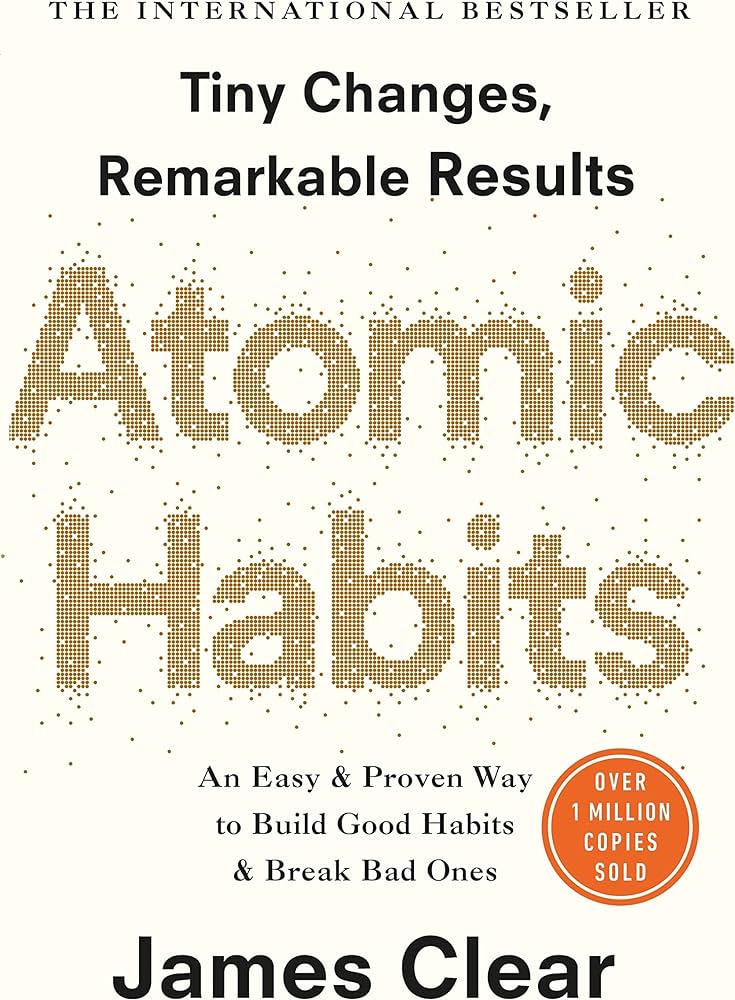
The key to breaking your bad habits lies in working with your nervous system, and as I like to say to my Primal Trust™ members, learning how to meet your needs in a higher and better way. That’s all these habits are trying to do. Meet your needs for love, for connection, to feel proactive and have a stabilized mood and emotions. We can help this along by learning how to self-regulate, which we teach you in our Level 1 program, Regulate™, as well as swapping the unhealthy habit for a healthier one, so you’re never going “cold turkey” with dropping your habits, but instead replacing them and learning how to regulate the neurotransmitters from a flood that leaves you feeling depleted, to a steady drip keeping you in balance.
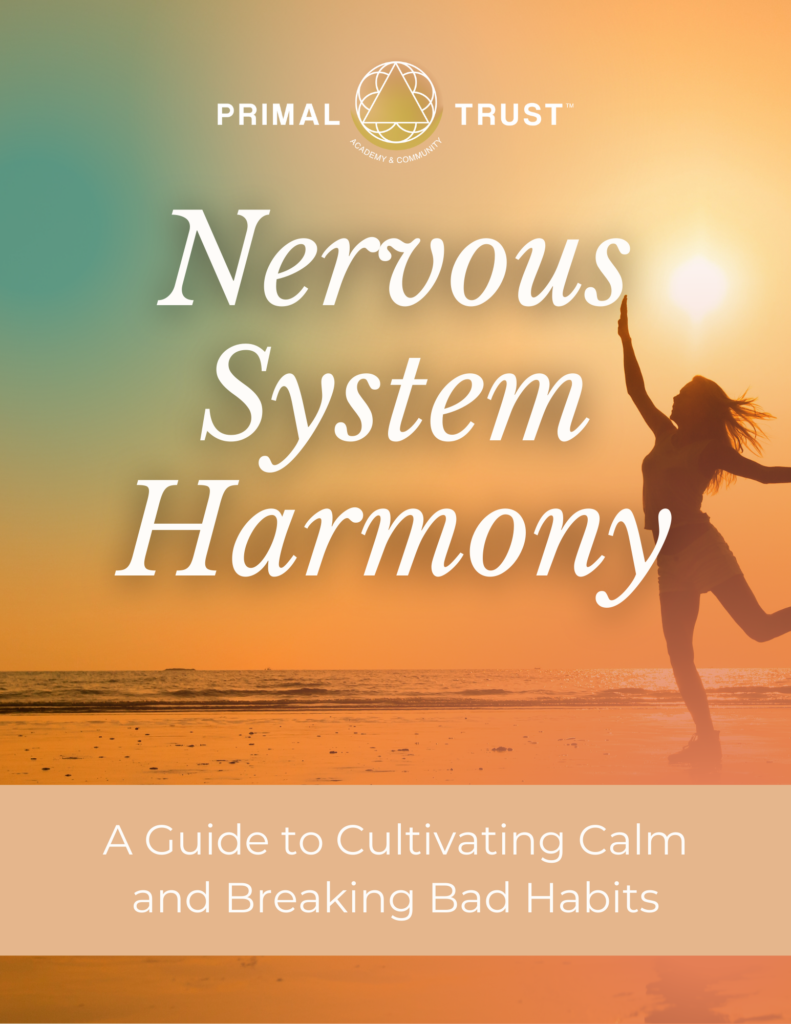
>> DOWNLOAD YOUR COPY OF NERVOUS SYSTEM HARMONY RIGHT HERE! <<


